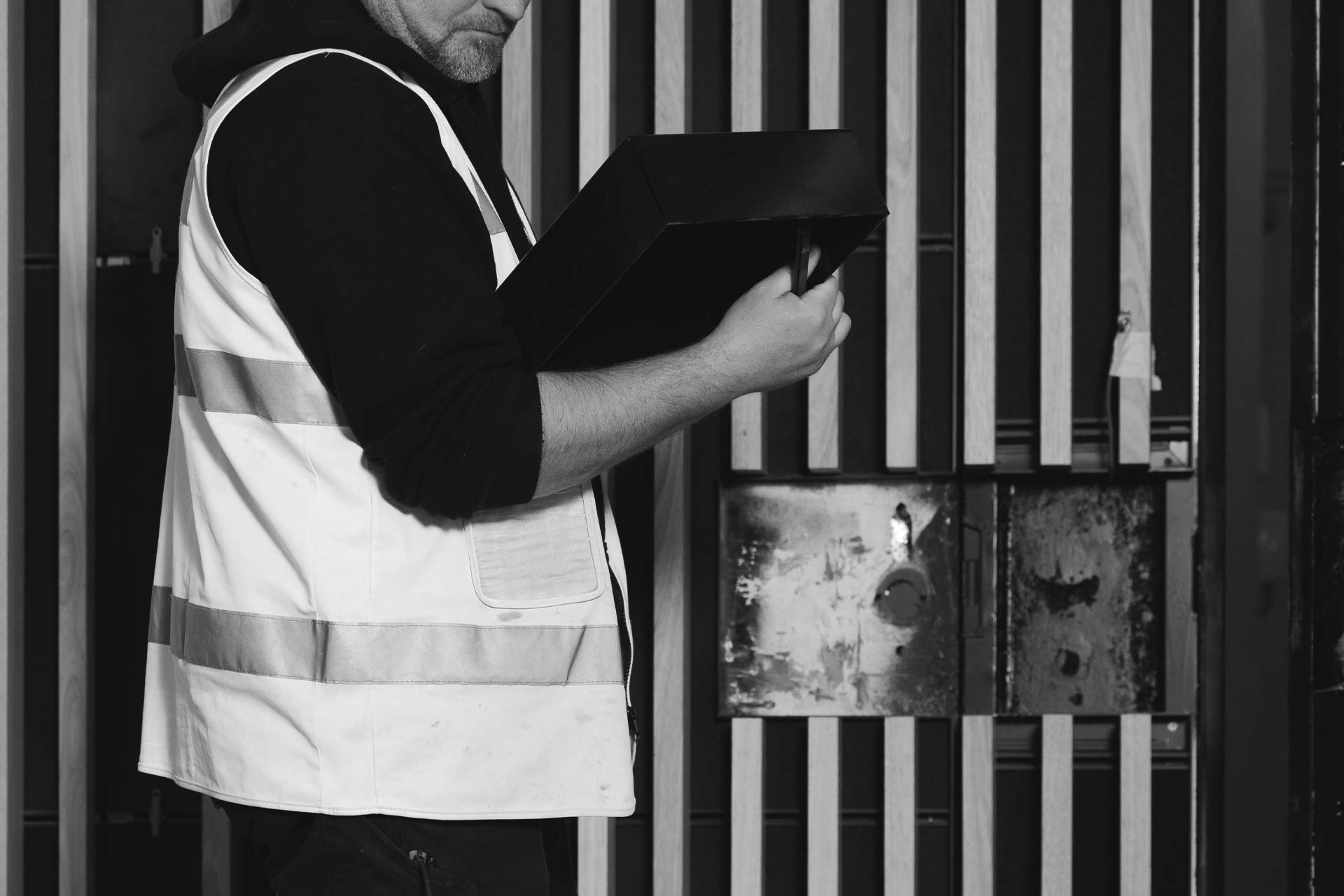As the retail sector evolves, the construction landscape in Australia is being shaped by lasting shifts that are redefining the way spaces are designed and built. These changes represent the foundations for creating future-ready, adaptable, and innovative retail environments. Here’s a look at the key elements that our team at STAARK are defining as the future of retail construction in 2025 and beyond.
1. Sustainability at the Forefront
Australian retailers are increasingly adopting environmentally conscious building practices, such as solar-powered stores, recycled materials, and water-saving systems, in response to growing awareness of environmental responsibility.
Burwood Brickworks Shopping Centre in Melbourne, recognised as the world’s most sustainable shopping centre, has achieved Living Building Challenge® Petal Certification, reflecting its commitment to net-positive energy, water recycling, and the use of non-toxic materials.
With initiatives such as the Australian Government’s Green Building Fund and state-specific grants promoting sustainable design, we expect a growing number of retail businesses to embrace sustainable construction practices.
2. Tech-Driven Innovation: The Rise of Smart Stores
Technology is redefining how retail spaces are constructed and operated. Smart stores equipped with AI-driven customer insights, IoT systems for real-time inventory tracking, and automation for self-checkouts or dynamic pricing are becoming the norm.
Coles’ automated fulfilment centres in Melbourne and Sydney demonstrate this shift, featuring robotics and advanced data systems to improve logistics and customer satisfaction.
For construction, integrating these technologies during the building phase streamlines processes, from optimising layouts for automation to incorporating digital infrastructure. As smart stores evolve, they’re poised to deliver faster, more personalised, and seamless shopping experiences.
3. Mixed-Use Developments: Retail in the Heart of Communities
Urban development is embracing mixed-use spaces that combine retail, residential, and work environments, creating hubs that reflect modern lifestyles. These spaces deliver convenience while encouraging connections among the people who use them.
The Commons in Melbourne is one example. Designed by Breathe Architecture, it’s a thoughtfully integrated space that combines apartments, retail, and shared amenities like rooftop gardens and communal workspaces. The focus is on sustainability and community, with features such as minimal car spaces and prioritisation of bike-friendly access. This approach builds a sense of belonging and purpose, turning urban spaces into vibrant ecosystems – Learn more
Similarly, South Eveleigh precinct in Sydney highlights how retail spaces can transform underutilised areas into dynamic, multi-purpose destinations. With a blend of dining, shopping, and workspaces, it offers a seamless experience that meets diverse needs, attracting foot traffic and creating opportunities for engagement.
These projects demonstrate how mixed-use developments are rethinking urban retail. By integrating community-first design with functionality, they create spaces that are not only convenient but meaningful. As populations grow, these developments are setting the standard for how urban areas can thrive.
4. Prioritising Consumer Experience Through Design
Retailers are focusing more than ever on creating stores that engage and captivate. In 2025, expect to see designs that combine aesthetics with interactivity, such as experiential zones, AR/VR fitting rooms, and in-store workshops or events.
BCF’s flagship store in Townsville immerses customers in the outdoors with interactive displays and dynamic layouts that make exploring the store part of the adventure.
Rebel’s Emporium Melbourne flagship store takes experiential retail to the next level. The 3,600-square-meter store features an elevated women’s FIT STUDIO, cutting-edge foot sizing technology, extensive custom murals, and a rooftop basketball court, offering customers a dynamic and interactive shopping environment.
By blending innovative designs with personalised experiences, retailers can deepen customer loyalty and differentiate themselves in a competitive market.
Conclusion
The future of retail construction in Australia is being shaped by a commitment to sustainability, smart technology, community-driven design, and consumer-focused innovation. These guiding elements reflect the enduring shifts that are driving the industry forward, creating spaces that inspire and connect.
At STAARK, we’re passionate about building for what’s next. Whether it’s pioneering sustainable practices, integrating cutting-edge technology, or crafting spaces designed around people, we’re here to help you realise your vision. Get in touch today to start shaping the future of retail together.






